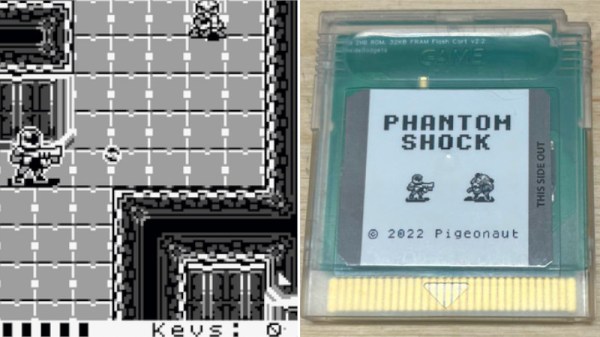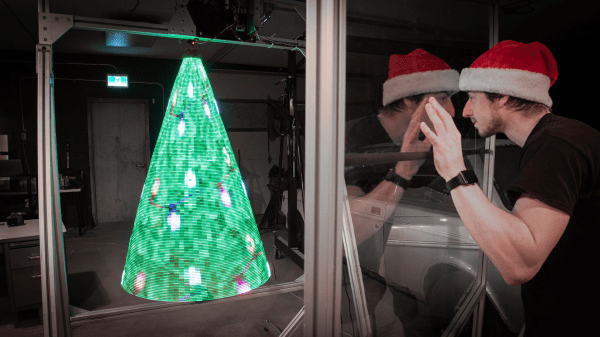It’s true — you really can find anything (except maybe LEGO) in thrift stores. When [thecowgoesmoo] picked up a Mr. Christmas Symphonium music box one day, they knew they wanted to make it play more than just the standard Christmas and classical fare that ships with the thing.
So they did what any self-respecting hacker would do, and they wrote a MATLAB script that generates new disk silhouette images that they then cut from cardboard with a laser cutter. They also used various other materials like a disposable cutting mat. Really, whatever is lying around that’s stiff enough and able to be cut should work. You know you want to hear Van Halen’s “Jump” coming from a tinkling music box, don’t you? Be sure to check out the video demonstration after the break.
If you don’t want to wait around until a Mr. Christmas lands in your lap, why not make your own hand-cranked music box and accompanying scores?
Continue reading “All I Want For Mr. Christmas Is Some New Music”







 The program is known as TwinkleFOX, and relies on the popular
The program is known as TwinkleFOX, and relies on the popular 









